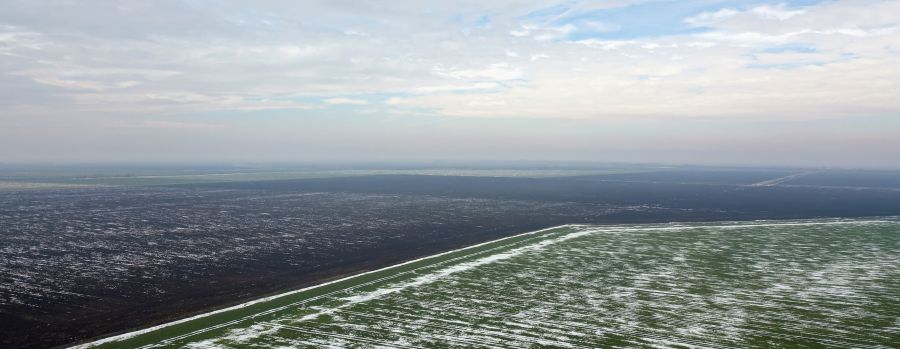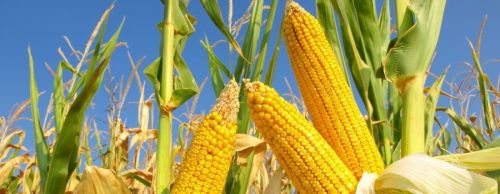
Using Cover Crops in a High Input Year
Article By: by Lance Klessig of Heart & Soil Ridge
Did you seed cover crops this past fall after combining your soybeans or corn? If so, you have set yourself up to net more per acre in 2022 by spending less on inputs. Drilling or broadcasting cereal rye after combining will pay real dividends as we begin 2022.
There are many positives when growing cover crops including:
- Increased weed suppression.
- More plant available nutrients.
- Less crop disease.
Cover crops allow you to have great weed suppression. Their mat of dead residue shades the soil, which prevents weed seedlings from germinating. Less weeds allows us to eliminate 1-2 passes of herbicide. In my area of west central Wisconsin and SE Minnesota, many soybean acres that are grown without cover crops, are getting sprayed three times in efforts to control weeds. Saving $40 to $100 an acre on herbicide passes is a big deal. And given projected chemical prices and availability for 2022, the savings could be even greater.
Terminated cover crops release plant available nutrients later into the growing season right around when we would sidedress our last pass of nitrogen. This "extra" fertility is more biologically available than synthetic forms and can't leach away if we get heavy rains in spring.
Fields where cover crops are being utilized, have better crop health. We see far less white mold and other fungal diseases like wilts. A terminated cover crop mat armors the soil and greatly decreases the risk of soil being splashed up on the leaves of our small soybean plants. This protection or insulation reduces the chances of having diseases affect our crops.
Planting cereal rye, radish, annual ryegrass and other species will increase our soil's ability to absorb water. Getting more moisture into the soil profile pays big dividends especially when we don't receive rains around pollination and pod fill. If we have a hot and droughty 2022, those with cover crops will have more available moisture for their crops.
So, as you can see there are many benefits in having cover crops, especially in a high input year like 2022. For more information on soil health and cover crops check out soilkeepers.com.
About the Author
Lance Klessig operates Heart & Soil Ridge outside of Dakota, MN. He custom grazes cover crop mixes, raises pastured pork and provides agronomy solutions to farmers across the Midwest. He can be reached at 608-780-2134 or lance.klessig@gmail.com.



